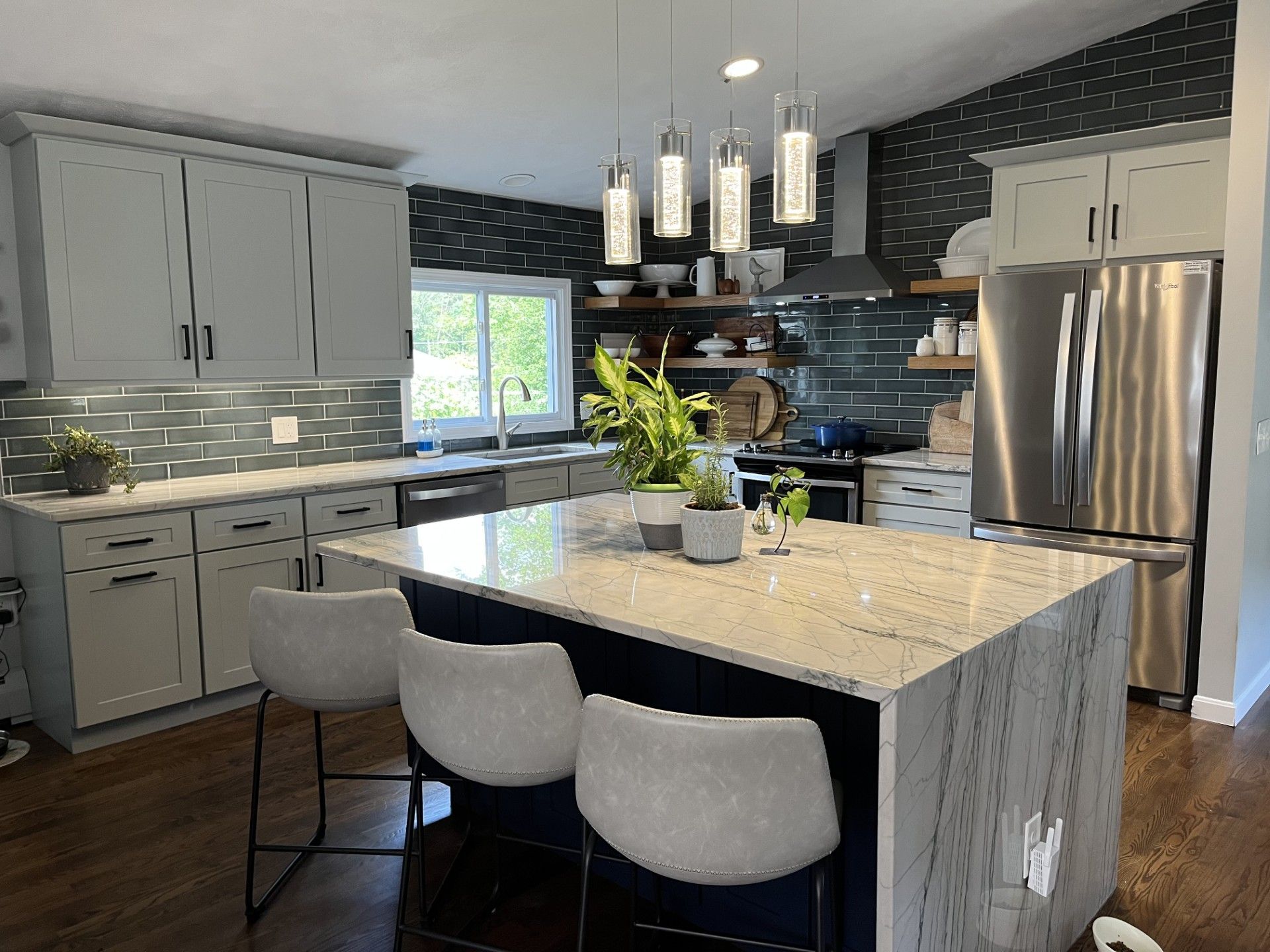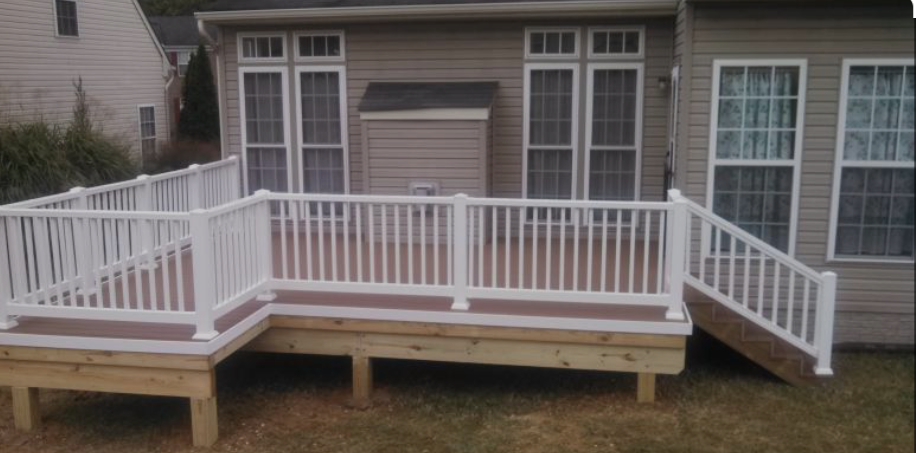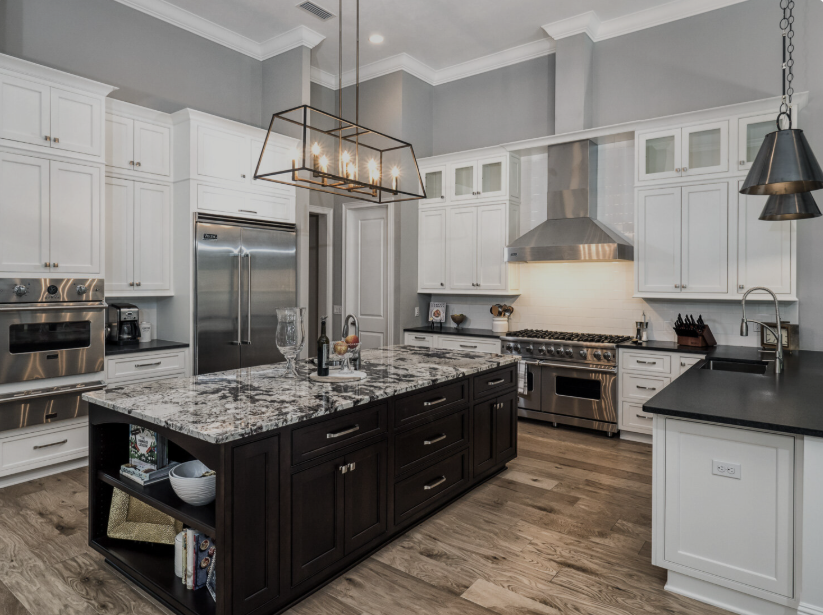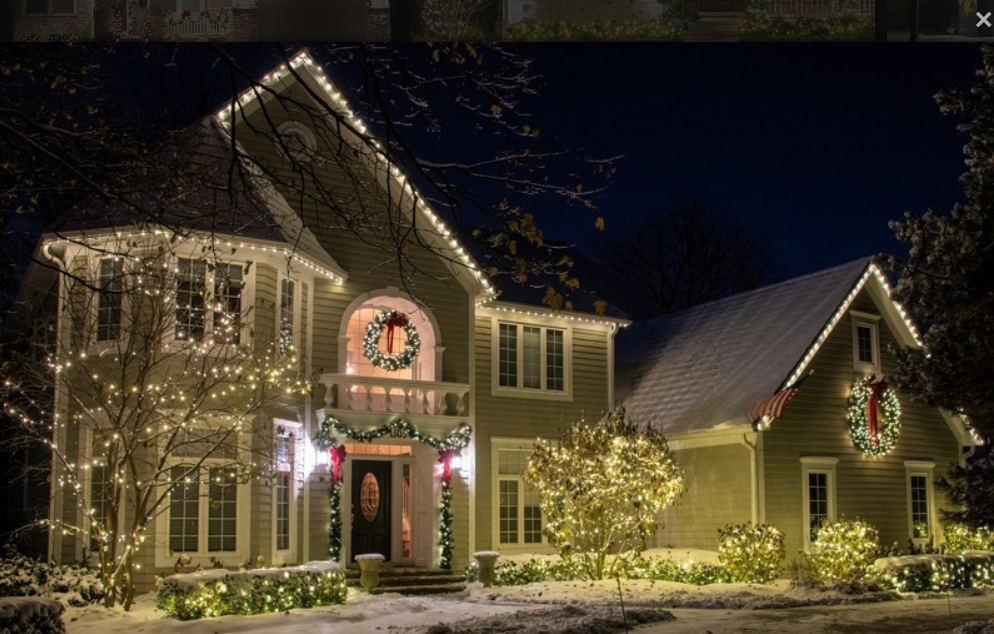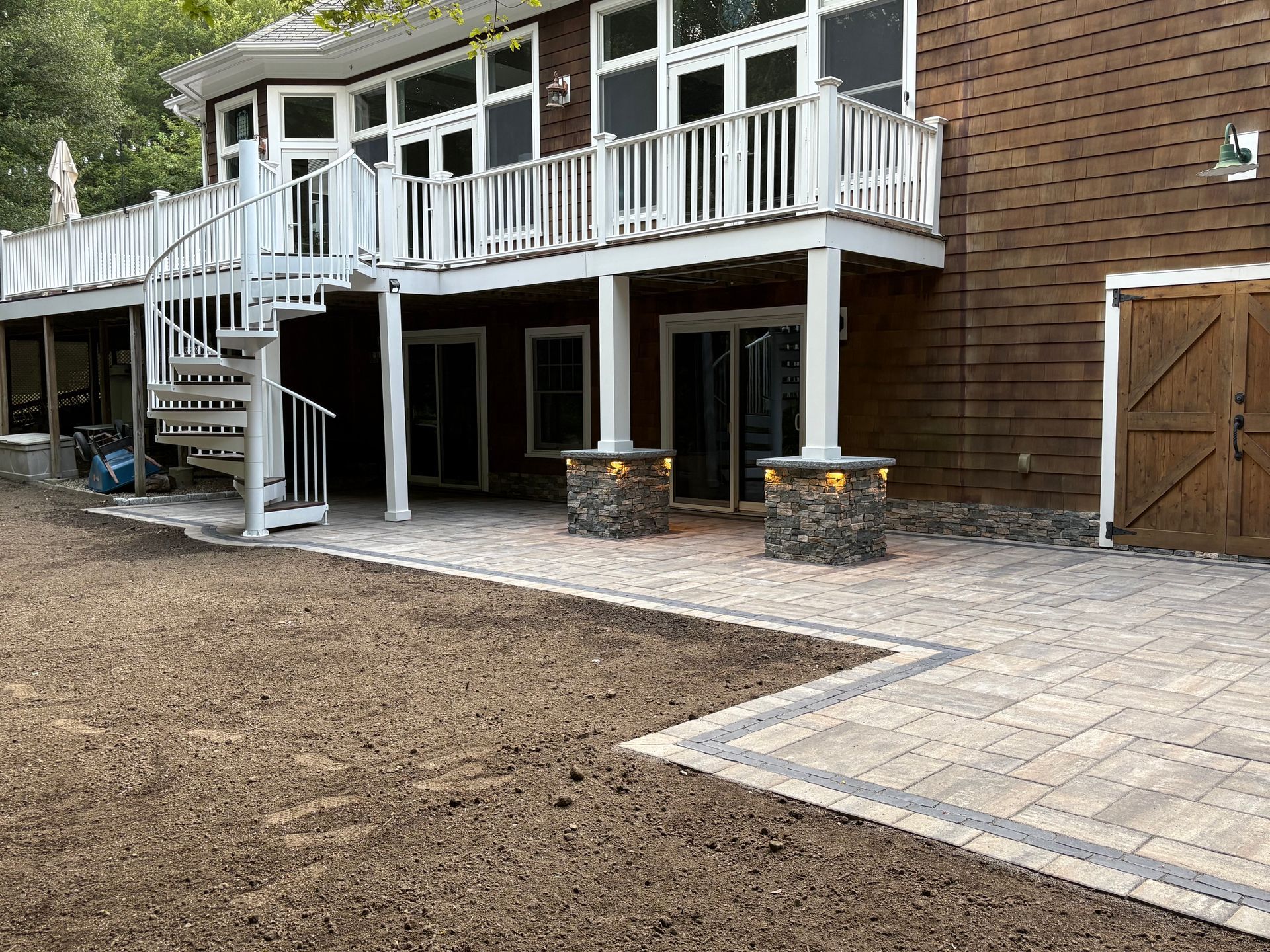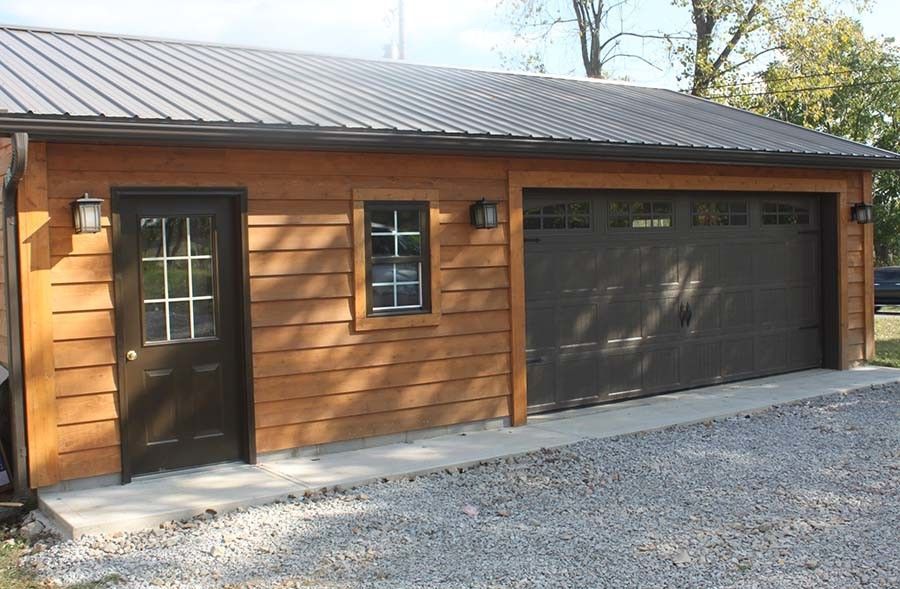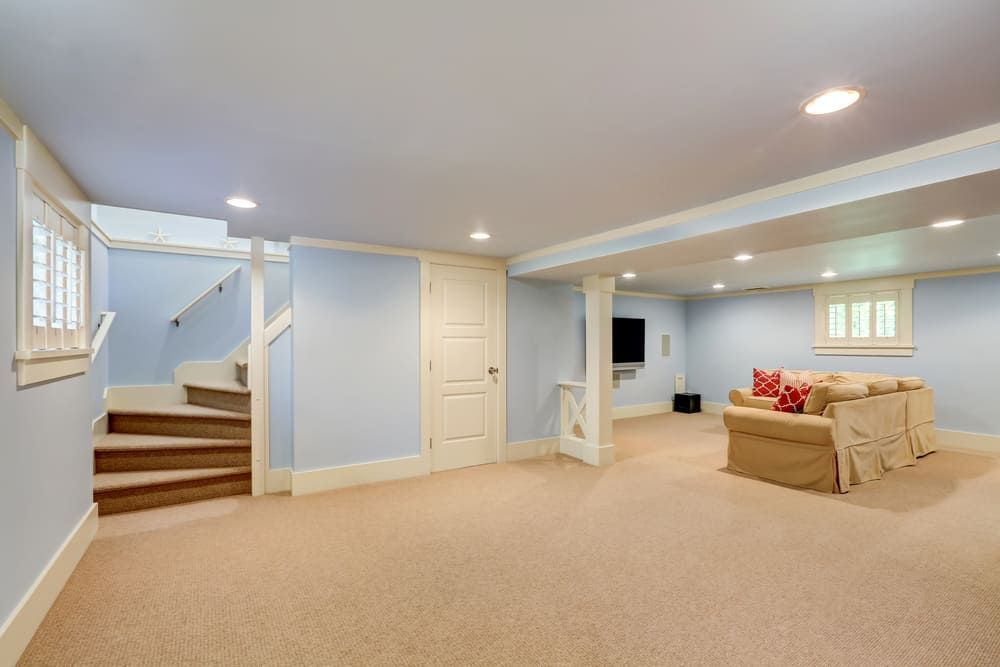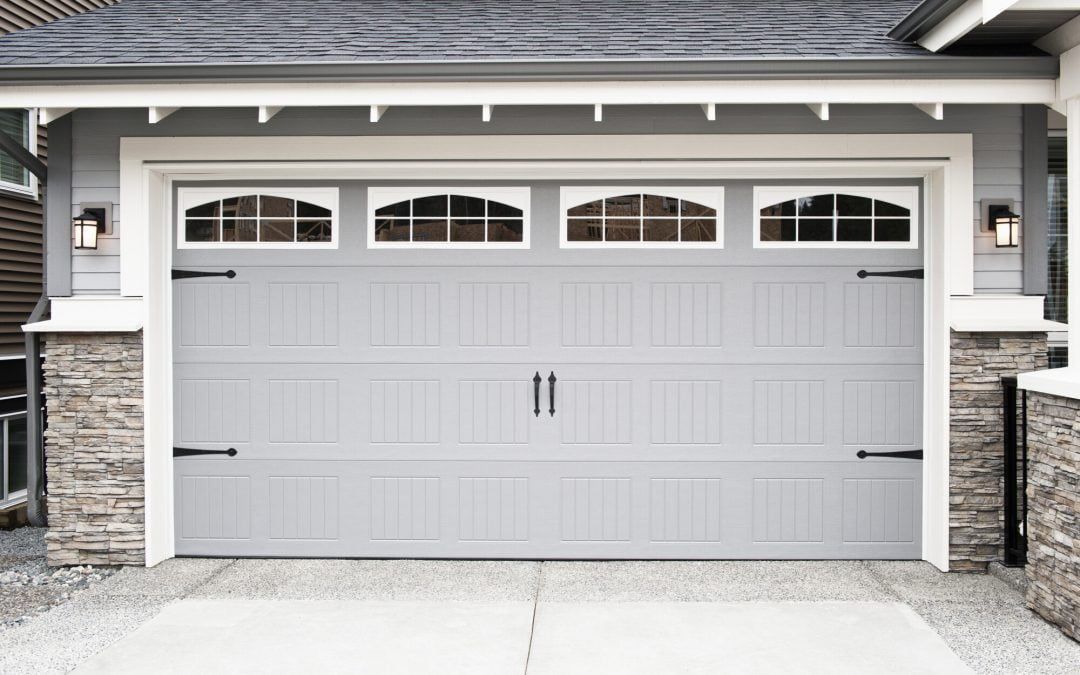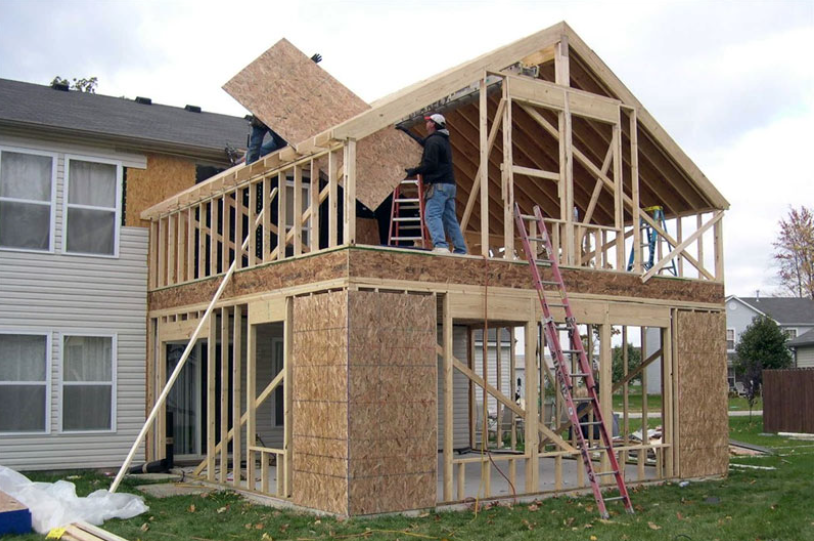Energy-Efficient Home Additions Rhode Island
Rhode Island homeowners face some of the highest energy costs in the nation. When planning a home addition, energy efficiency isn't just environmentally responsible - it's financially essential. Whether you're in Providence, Warwick, Cranston, or any Rhode Island community, building an energy-efficient addition can dramatically reduce utility bills while increasing home value.
What Makes a Home Addition Energy-Efficient?
An energy-efficient home addition minimizes energy consumption through superior insulation, high-performance windows, efficient HVAC systems, and strategic design. These features work together to maintain comfortable temperatures year-round while reducing heating and cooling costs—critical in Rhode Island's climate with cold winters and humid summers.
Key components include insulation exceeding code minimums, ENERGY STAR certified windows and doors, air sealing to prevent drafts, efficient heating and cooling systems, LED lighting, and renewable energy integration options.
Why Energy Efficiency Matters for Rhode Island Homeowners
Rhode Island faces unique energy challenges that make efficiency crucial:
High Energy Costs: Rhode Island residents pay among the highest electricity rates in the continental United States. The average residential electricity rate exceeds the national average by approximately 50%, making every kilowatt-hour saved significant for your budget.
Extreme Temperature Swings: Rhode Island experiences temperature variations from below zero in winter to over 90 degrees in summer. Your addition must handle both extremes efficiently.
Aging Housing Stock: Much of Rhode Island's housing was built before modern energy codes existed. A new addition provides an opportunity to upgrade your home's overall efficiency.
State Incentives: Rhode Island offers substantial rebates and incentives for energy-efficient construction, making upgrades more affordable.
Rhode Island Energy Codes and Standards
Rhode Island has adopted increasingly stringent energy codes:
- Rhode Island Energy Conservation Code based on IECC 2021 with amendments
- Minimum R-values for insulation vary by component and climate zone
- Air leakage requirements of 3 ACH50 or less for new construction
- Duct leakage testing mandatory for new HVAC installations
- Building envelope certification required for permit approval
Working with contractors familiar with Rhode Island's specific requirements ensures code compliance and maximum efficiency.
Essential Features of Energy-Efficient Additions
Superior Insulation Systems
Proper insulation is your addition's thermal barrier:
Wall Insulation: Rhode Island requires minimum R-20 for walls, but high-performance additions should achieve R-23 to R-30. Options include spray foam insulation providing both insulation and air sealing, dense-pack cellulose for excellent thermal performance and soundproofing, mineral wool offering fire resistance and moisture control, and continuous exterior insulation eliminating thermal bridging.
Ceiling and Roof Insulation: Heat rises, making roof insulation critical. Target R-49 to R-60 in attic spaces, significantly exceeding Rhode Island's R-38 minimum. Spray foam at the roofline creates conditioned attic space, while blown-in insulation provides cost-effective high R-values.
Foundation Insulation: Don't neglect below-grade spaces. Insulate foundation walls to R-15 minimum, use rigid foam insulation on exterior foundation walls, and insulate slab edges to prevent thermal bridging.
High-Performance Windows and Doors
Windows and doors are thermal weak points. Choose wisely:
ENERGY STAR Windows: Select windows rated for the Northern climate zone with U-factor of 0.27 or lower, Solar Heat Gain Coefficient (SHGC) between 0.25-0.40 for Rhode Island, triple-pane glass for maximum performance, and low-E coatings reducing heat transfer.
Proper Installation: Even the best windows fail if improperly installed. Ensure proper flashing and weatherproofing, spray foam insulation around rough openings, interior and exterior air sealing, and professional installation following manufacturer specifications.
Energy-Efficient Doors: Choose insulated steel or fiberglass doors with U-factor below 0.20, magnetic weatherstripping preventing air leakage, multi-point locking systems enhancing seal, and storm doors for additional thermal protection.
Advanced Air Sealing
Air leakage accounts for 25-40% of heating and cooling costs. Comprehensive air sealing includes sealing all penetrations for electrical, plumbing, and HVAC, spray foam at rim joists and band joists, gaskets behind electrical outlets and switches, caulking all seams and joints, and blower door testing to verify air tightness.
Efficient HVAC Systems
Right-size and optimize your heating and cooling:
Heat Pumps: Mini-split heat pumps provide both heating and cooling with exceptional efficiency, operating at 300%+ efficiency compared to 95% for gas furnaces. They're ideal for additions as they require no ductwork and offer zone control for personalized comfort.
Ductless Systems: Perfect for additions where extending existing ductwork is impractical. Benefits include no energy loss through ductwork, individual room control, quiet operation, and easy installation.
Traditional Systems: If extending existing HVAC, ensure proper sizing calculations for the addition, high-efficiency equipment with 16+ SEER for cooling, sealed and insulated ductwork, and programmable or smart thermostats.
Energy-Efficient Lighting and Electrical
Modern lighting uses a fraction of traditional energy:
Install LED lighting throughout saving 75% compared to incandescent bulbs, dimmer switches for adjustable lighting levels, occupancy sensors in bathrooms and closets, dedicated circuits for major appliances, and prewiring for solar panel integration.
Smart Design Strategies
Design impacts energy performance as much as materials:
Passive Solar Design: Orient additions to maximize southern exposure, install larger windows on south-facing walls for winter heat gain, use overhangs to shade summer sun, and minimize north-facing windows reducing heat loss.
Thermal Mass: Incorporate materials that store and release heat slowly, such as tile or concrete floors absorbing solar heat, interior brick or stone walls providing thermal stability, and proper placement maximizing solar gain storage.
Natural Ventilation: Design for summer comfort without air conditioning through operable windows on opposite walls for cross-ventilation, clerestory or high windows releasing hot air, and ceiling fans reducing cooling needs.
Rhode Island Incentive Programs for Energy-Efficient Additions
Take advantage of substantial savings:
Rhode Island Energy (RIE) Programs
Residential New Construction Program: Rebates for exceeding energy code requirements, with incentives up to $2,000+ for qualifying additions. Includes free energy modeling and consultation, rebates for ENERGY STAR appliances and HVAC, and verification testing at no cost.
Income-Eligible Programs: Additional incentives for qualifying homeowners, covering increased percentages of upgrade costs and priority scheduling for energy assessments.
Federal Tax Credits
Energy Efficient Home Improvement Credit: Up to 30% tax credit for qualifying improvements including windows, doors, insulation, heat pumps, and electrical upgrades. Maximum annual credit of $1,200 for most improvements, plus $2,000 for heat pumps.
Residential Clean Energy Credit: 30% tax credit for solar panels, battery storage, and geothermal systems with no annual maximum, available through 2032.
Municipal Programs
Many Rhode Island cities and towns offer additional incentives. Check with your local government in Providence, Warwick, Cranston, Pawtucket, East Providence, Woonsocket, Coventry, Cumberland, North Providence, South Kingstown, or other municipalities for specific programs.
Cost vs. Savings: The Real Numbers
Energy-efficient additions cost 5-15% more upfront but deliver substantial long-term savings:
Initial Investment: Standard addition in Rhode Island costs $200-350 per square foot. Energy-efficient upgrades add $10,000-$25,000 for a 300-square-foot addition, including superior insulation, high-performance windows, efficient HVAC, and advanced air sealing.
Annual Savings: A well-designed energy-efficient addition can save $800-$1,500 annually on heating and cooling costs, paying for itself in 7-15 years through energy savings alone.
Increased Home Value: Energy-efficient homes command premium prices. Studies show energy-efficient improvements return 70-80% of costs at resale, with growing buyer preference for efficient homes.
Utility Bill Protection: As energy costs rise, your efficient addition becomes increasingly valuable, protecting against future rate increases.
Popular Energy-Efficient Addition Types in Rhode Island
Sunrooms and Four-Season Rooms
Modern sunrooms differ dramatically from old versions. High-performance options include insulated roof panels with R-30+ values, triple-pane glass with low-E coatings, radiant floor heating for efficient warmth, and retractable screens for summer ventilation.
Master Suite Additions
Bedroom additions benefit enormously from energy efficiency through spray foam insulation for quiet, comfortable spaces, ductless mini-split systems for personalized climate control, energy-efficient windows maximizing natural light, and smart thermostats reducing energy when rooms are unoccupied.
Kitchen Extensions
Kitchen additions require careful energy planning given high heat and moisture loads. Consider downdraft ventilation reducing conditioned air loss, induction cooktops using 85% less energy than gas, ENERGY STAR refrigerators and dishwashers, and proper placement of refrigerators away from heat sources.
Home Office Additions
Remote work makes comfortable, efficient home offices essential. Optimize with abundant natural light reducing electrical needs, dedicated mini-split system for independent climate control, superior insulation for year-round comfort, and south-facing windows providing passive solar heating.
Garage Additions
Even unheated garages benefit from energy-conscious construction through insulated garage doors preventing heat transfer, air sealing between garage and living space, spray foam at rim joists, and prewiring for electric vehicle charging stations.
Building Science Considerations for Rhode Island Climate
Rhode Island's climate zone 5A designation requires specific approaches:
Moisture Management: Rhode Island's humid summers demand proper vapor barriers, continuous air barriers preventing condensation, ventilation managing moisture buildup, and materials resistant to mold and mildew.
Thermal Bridging: Prevent heat loss through framing by using advanced framing techniques, exterior continuous insulation, insulated headers, and thermal breaks at structural connections.
Ventilation: Tight homes need mechanical ventilation for indoor air quality through HRV or ERV systems recovering heat/energy, balanced ventilation maintaining proper air pressure, and spot ventilation in bathrooms and kitchens.
Choosing an Energy-Efficient Addition Contractor
Not all builders understand energy-efficient construction. Seek contractors with experience in energy-efficient Rhode Island projects, HERS rater certification or relationships with raters, knowledge of Rhode Island Energy programs, portfolio demonstrating energy-focused work, willingness to perform blower door testing, and understanding of building science principles.
Common Energy-Efficiency Mistakes to Avoid
Learn from others' errors:
Under-Insulating: Meeting code minimum is insufficient for optimal performance. Exceed requirements for long-term savings.
Ignoring Air Sealing: Even the best insulation fails without proper air sealing. Air leakage undermines all other efforts.
Oversizing HVAC: Bigger isn't better for heating and cooling. Oversized systems short-cycle, reducing efficiency and comfort.
Forgetting Thermal Bridging: Uninsulated framing creates cold spots and energy waste. Use continuous insulation strategies.
Skipping Professional Energy Modeling: Guessing at energy performance leads to disappointment. Professional modeling optimizes design decisions.
Measuring Success: Energy Performance Verification
Confirm your addition's efficiency through HERS rating comparing your addition to a standard home, with lower scores indicating better efficiency. Conduct blower door testing measuring air leakage and identifying problem areas. Perform thermal imaging revealing insulation gaps and thermal bridging. Monitor utility bills tracking actual savings, and use smart home monitoring providing real-time energy feedback.
Future-Proofing Your Addition
Build for tomorrow's needs today by prewiring for solar panels and battery storage, installing EV charging infrastructure, designing for net-zero capability, choosing adaptable, efficient systems, and selecting durable, low-maintenance materials.
The Environmental Impact
Beyond personal savings, energy-efficient additions benefit Rhode Island's environment. Reduced greenhouse gas emissions support state climate goals. Lower energy demand reduces strain on electrical grid. Support for clean energy advances renewable energy adoption. Reduced fossil fuel consumption improves air quality. Sustainable building practices set community examples.
Getting Started with Your Energy-Efficient Addition
Planning an energy-efficient addition requires expertise in both construction and building science. From initial design through final verification, every decision impacts long-term performance and comfort.
Ready to build an addition that saves money and increases comfort year-round? Rockhouse Construction specializes in energy-efficient home additions throughout Rhode Island. Our experienced team understands Rhode Island Energy programs, state energy codes, and the building science principles that deliver real-world results. We'll help you design and build an addition that performs beautifully while minimizing your environmental footprint and energy bills.
Contact Rockhouse Construction today for a consultation on your energy-efficient home addition project. Invest wisely. Live comfortably. Build efficiently.
